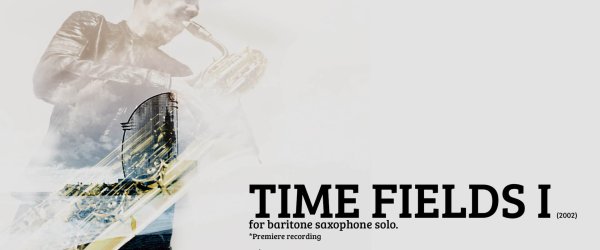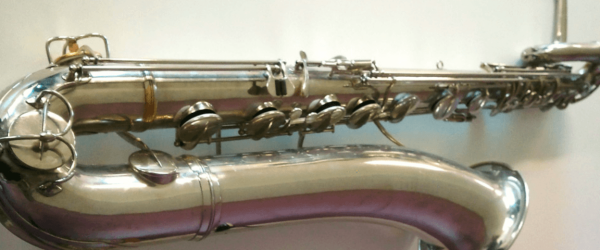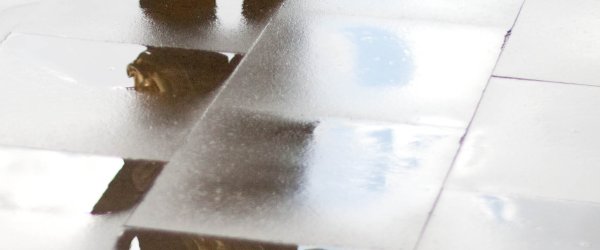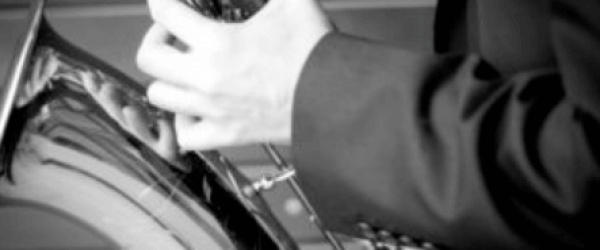
photo: Anna Guardiola
Originally composed for Bass Clarinet in 1995, this work demands a detailed work of precision in articulations, agility in intervals and changes of registers. You will enjoy playing it in concert!
The Composer
WAYNE SIEGEL (Los Angeles, USA, 1953) has a wide production including all genres of music, from sound installations to orchestral works. Great performers as Kronos Quartet or Harry Sparnaay have played his music throughout Europe, America and Asia.
He moved to Denmark in 1974, where he worked later as composer, performer, researcher, etc. He became director of the Denmark’s National Electronic Music Center (DIEM), professor of electroacoustic music at the Royal Academy of Music in Aarhus (2003-2017), where he was appointed honorary professor in 2017.
Click here to read more about the composer.
Details of the work
Tape
Publisher: Contact the composer (contact@waynesiegel.dk)
Duration: 10:24
Range (written): Bb2 – G5
TECHNIQUES: Tonguing accuracy, fast excerpts, wide intervals, intonation.
PERFORMANCE: To play with expressive energy.
Meaning and Structure of Jackdaw
First of all, Wayne Siegel tells what is a JACKDAW: “A jackdaw is a small, European crow, and the character of the piece as well as many of the sounds are inspired by this audacious yet clever bird. Since I have a tame, pet jackdaw, I was able to record the bird under perfect conditions. Many of the sounds played by the computer consist of these recordings processed by the computer (…)”
JACKDAW is a work based in the minimal music from the 60’s-70’s of the 20th Century. This style of music employs limited materials as repetitive patterns or pulses, reiteration of musical phrases or smaller units or consonant harmony. This music has a non-narrative approach and calls attention to the activity of listening by focusing on the internal processes of the music.
In the very beginning of the baritone saxophone part, you will recognize the 1st bar of “Clapping Music” (1972) by Steve Reich, one of the more representative pieces and composers of the minimal music. In fact, it could be said that this piece seems to be inspired with this motif.
JACKDAW has three sections with no interruption:
- SECTION 1 (measures 1 to 199), fast, bright and rhythmical. Measures changes are frequent in this section.
- SECTION 2 (measures 200 to 242): slow and expressive. The baritone saxophone plays long notes, usually with crescendo and diminuendo, which should integrate with the electronic part.
- SECTION 3 (measures 243 to 377): The character of this part is quite similar to the first one, but with other motifs.
This work is predominantly rhythmic, especially in the first and third sections. In my opinion, you should play with a precise and light articulations in the treble and low registers, reinforce the metric very well through the natural accents and play clearly the fast excerpts with a solid beat.
On the other hand, you will need a good quality of sound and flexibility of the air column in the central section and even make regulators to reinforce the melodic and expressive character.
The electronics part of JACKDAW contains a varied amount of sounds which are blended with the instrumental part. It often gives the feeling that you are playing with delays, loops and other effects. More references in the score (time, excerpts and other kind of indications) would be much more helpful.
In 2015, I included it in my first solo album BELIEVER (INS Records, INS-01). Three years later, Robert Sirvent (flute teacher of the Music Conservatory of Tarragona and visual artist) made a beautiful video for this work. He wanted to do a kind of elegy to Mother Nature.
Watch it here:
—
Would you like to know more about JACKDAW by Wayne Siegel? Would you like to work on it with me? Don’t hesitate to contact me for more questions.
Joan Martí-Frasquier
Barcelona, July 2015
Update: December 2024





